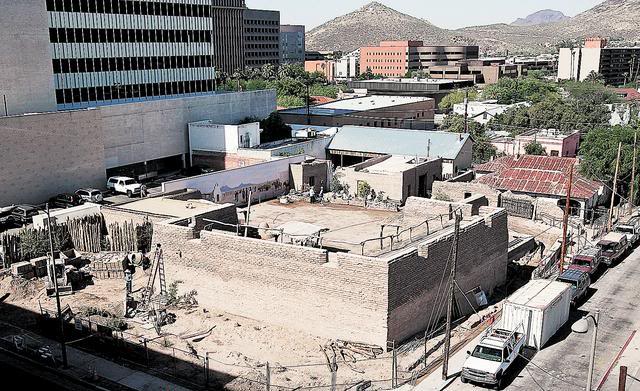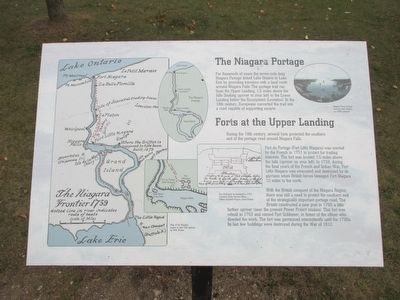Welcome to the Tucson Presidio, a site rich with history and a cornerstone in the founding of modern Tucson, Arizona. Established on August 20, 1775, by Regular Spanish Army Lt. Colonel Hugo O’Conor, this fort marked the beginning of Spanish colonial influence in the region. O’Conor, of Irish descent, was a prominent figure on the frontier of New Spain, and his decision to build the fort here was strategic. Nestled alongside the Santa Cruz River, the presidio provided a stronghold against Apache attacks and a base for expansion into the surrounding territories.
Construction of the fort began in October 1775, with soldiers and families moving from the Tubac garrison to occupy the earthen berms and wooden palisades. However, it wasn’t until after a significant Apache assault in 1782 that the fort’s fortifications were upgraded to include a robust 8 to 12-foot high adobe wall, enclosing approximately 11 acres. This fortification was crucial in providing security and fostering the growth of the settlement.
Notable figures associated with the Tucson Presidio include Colonel Juan Bautista de Anza, who corresponded from the fort in 1776, and Lt. Juan de Olivas, who commanded the presidio from 1775 to 1777. Additionally, Captain Hugh O’Conor’s leadership was instrumental in the fort’s establishment and expansion.
Over the years, the presidio evolved from a small military outpost into a vibrant community hub. By the time of the American arrival in 1856, the original walls were dismantled, but the presidio’s influence lingered, as it laid the groundwork for Tucson’s development.
Today, visitors can explore a reconstruction of the presidio’s northeast corner, completed in 2007, which includes markings that show the original walls’ location. The Tucson Presidio Museum offers a glimpse into the life of early Tucsonans through guided tours, exhibits, and re-enactments, bringing the past to life and highlighting the fort’s role in broader historical contexts, such as the Mexican-American War and the Apache Wars.



